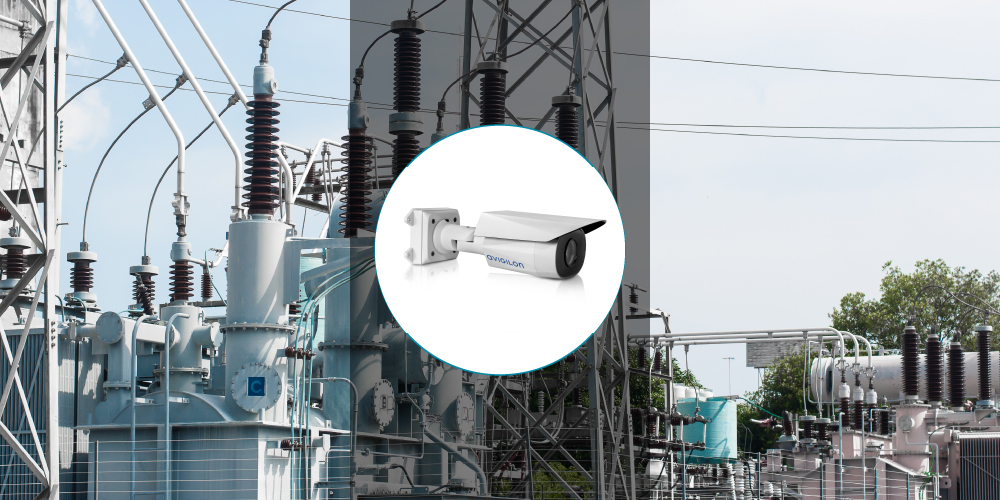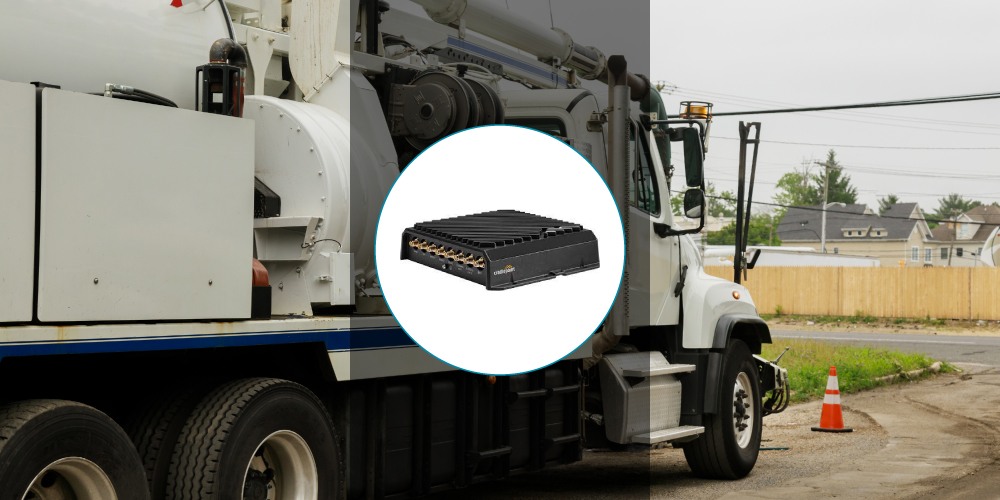Wireless WAN Saves Utility Companies Time and Money With Remote Management and Monitoring
For decades, utility companies have relied on wide area networks (WAN) for reliable, secure, and flexible network connectivity to support their thousands - or even millions - of customers across enormous geographical areas. These networks are integral to their operations since downtime can impact the company's bottom line and the availability of services within the community.
While WAN is undoubtedly a tried-and-true solution for utility companies, the number of companies adopting cloud-managed LTE and 5G solutions is on the rise as they offer organizations the ability to more reliably and effectively connect the many devices, applications, people, and locations that power their businesses.
At USAT, we anticipate that this trend will continue well into the future as cloud-managed LTE solutions improve. Some of the reasons for this include:
Time and Cost Savings
POTS, or Plain Old Telephone Service lines have been a decaying technology for years, but since the FCC mandated that major telecom providers sunset their maintenance for the systems, they're being more rapidly phased out. These legacy systems, along with other wired networks, are incredibly expensive to maintain.
Meanwhile, LTE and 5G networks are a much more cost-effective option for utilities because SCADA information, which accounts for most of the data transmitted from remote locations over the network, uses very little cellular data to travel over the network to headquarters.
Compounding the expenses associated with wired connectivity is that when the network goes down, there's no way to troubleshoot and remediate the issue without sending someone to the location. However, cloud-managed LTE or 5G can be controlled, updated, and remediated remotely using services like Cradlepoint's NetCloud platform.

LTE also is a popular, cost-effective failover WAN option and, with the right solution, can provide next-generation Out-of-Band Management (OOBM). When a primary wireline router goes down, Cradlepoint's unique OOBM capability makes it possible for network administrators to leverage the Cradlepoint router to connect to and fix the primary, failed router. Instead of connecting via IP, network administrators can connect to the serial interface as if they were physically present and plugged into the primary router. This is particularly beneficial for utility companies that want to avoid sending IT specialists on-site to deal with each network outage.
Further, Cradlepoint's Remote Connect feature allows network administrators to remotely access, manage, and troubleshoot any third-party device that's connected to the network via the Cradlepoint router and resides on the LAN — for example, a printer at a branch office or a security camera on a company vehicle. This functionality prevents utilities from unnecessary hardware, software, and IT man-hour expenditures.
Fixed-Site WAN Reliability

For more intelligent path selection, Cradlepoint's SD-WAN solution enables utilities to route traffic based on bandwidth usage, application content, or preferred link to ensure maximum availability and uptime. Cradlepoint's active-dynamic WAN configurations smartly assess — with minimal data usage — the health of each WAN link and its ability to run applications.
In-Vehicle Connectivity

Since many utilities serve people and businesses across hundreds or even thousands of miles, their network connectivity solutions must be able to utilize multiple cellular carriers. Using Cradlepoint routers with dual-modem docks and leveraging the NetCloud platform enables network administrators to remotely manage multiple carriers and deploy wireless-to-wireless failover in utility vehicles.
A dual-modem dock also enables the benefits of SD-WAN in a mobile environment. IT teams can set traffic and failover policies in fleet vehicles based on high-level business intent, then rely on Cradlepoint NetCloud OS routers to detect an outage or a deteriorated link and automatically failover.
Day-1 Connectivity
Remote Monitoring — Fixed & Mobile
Cloud-managed networking over LTE-based broadband offers utility companies unprecedented levels of visibility into and control of crucial aspects of their business. For example, through Cradlepoint's router Software Development Kit (SDK), many utilities harness general-purpose input/output (GPIO) pins to remotely monitor business functions that take place in remote locations — either at fixed sites or in fleet vehicles.
Utility companies with boom trucks can use GPIOs to set up automatic notifications each time a boom moves up or down. GPIOs can be leveraged to monitor the status of phase relay switches for state change alerts. They can also report the status of physical things such as waterway gates and valves.
Further, Cradlepoint's NetCloud Manager allows network administrators to set up geofences. Some utilities set up geofences around their vehicle yards to automatically log when vehicles come and go. With this information, they can improve forecasting for vehicle maintenance needs.
About USAT
USAT specializes in designing and deploying fixed and mobile wireless data connectivity solutions for utilities of all kinds (oil, gas, electric, water, and wastewater) — complete with implementation, training, proof of concept (POC), system auditing, and on-site RF surveying services with optional engineering maintenance contracts.
Our team not only helps you select, provision, and activate devices, we make sure they work in practical applications and real-life situations.
For over 25 years, USAT has provided cellular networking solutions for public and private utilities across the USA. With our extensive catalog of world-class routers, gateways, and software designed for remote monitoring and management in even the harshest environments — you can count on us to get and keep you connected.
Reliable connectivity translates to less manual equipment maintenance, reduced downtime, and an overall increase in your business's ROI. Contact the experts at USAT to learn how our wireless networking solutions can help meet your organization's exacting needs.
Share this Post















